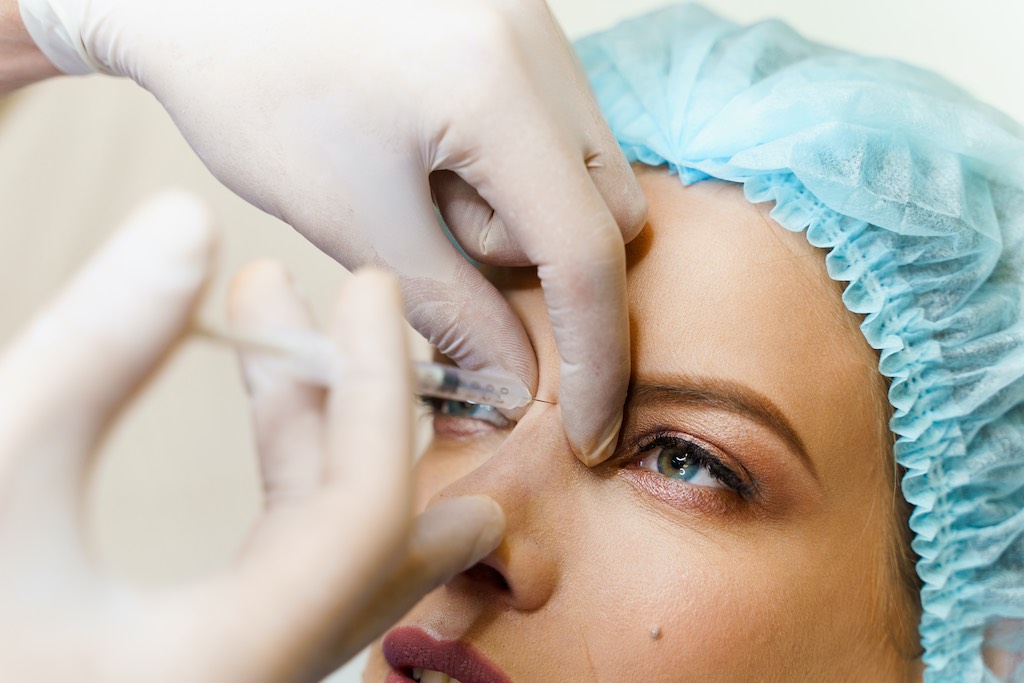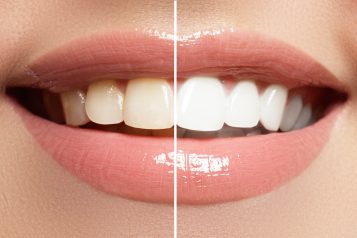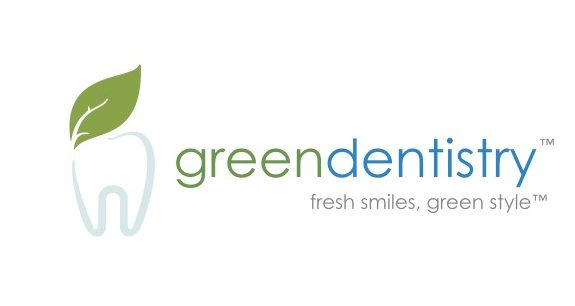Dr. Sachin M. Shridharani is a Harvard educated, Johns Hopkins, trained, renowned, board-certified plastic surgeon based on Manhattan’s famed Fifth Avenue and the founder of LUXURGERY - The confluence of luxury and aesthetic surgery. His firm commitment to excellence has earned him several global accolades. Dr. S has authored over 200 publications and abstracts and is recognized as an international authority on aesthetic plastic surgery treatments and techniques. Dr. Shridharani serves as an international Global Thought Leader/Key Opinion Leader and has lectured to colleagues on nearly every continent. He serves as a Principal Investigator for clinical trials. Dr. Shridharani is frequently featured in national media outlets including The New York Times, New York Post, Cosmopolitan Magazine, Harper’s Bazaar, NBC, FOX, and ABC. Dr. Shridharani serves as the cosmetic surgery expert and is a recurrent contributor on the topic of plastic surgery and beauty for Haute Beauty. Haute Beauty chats with Dr. Shridharani to learn more about a liquid rhinoplasty, and who is the best candidate for this procedure.
 Photo Credit: ShutterstockHB: What is a liquid rhinoplasty?
Photo Credit: ShutterstockHB: What is a liquid rhinoplasty?
Liquid rhinoplasty, also known as non-surgical rhinoplasty, is a minimally-invasive procedure that improves the shape and contour of the nose using injectable dermal fillers. Typically, liquid rhinoplasty is performed using hyaluronic acid-based fillers such as Juvéderm Family, Restylane Family, RHA Family, and/or Versa. Depending on a patient’s aesthetic concerns, a dermal filler may be injected along the nasal bridge, at the nasal tip, or at the radix to camouflage small bumps, improve symmetry, and refine the shape of the nose.
Unlike a traditional surgical rhinoplasty (or “nose job”), liquid rhinoplasty is a quick procedure that provides immediate results and requires minimal recovery time. However, while the results of a surgical rhinoplasty are permanent, the results of a liquid rhinoplasty are temporary. The results of a liquid rhinoplasty typically last between 6 to 18 months, depending on the type of filler used.
HB: Who is a good candidate for a liquid rhinoplasty?
Ideal candidates for liquid rhinoplasty are patients seeking treatment for mild to moderate improvement of aesthetic irregularities of the nose, such as a slight asymmetry, a small nasal hump, or a droopy nasal tip. A liquid rhinoplasty can also a good option for patients who are apprehensive about undergoing surgical rhinoplasty and want to experiment before committing to a more invasive and permanent solution.
HB: Who is not a good candidate for a liquid rhinoplasty?
Liquid rhinoplasty is not recommended for patients who expect a dramatic transformation or permanent results. Non-surgical rhinoplasty is also ineffective for patients who are experiencing problems with breathing or require extensive alterations such as nasal fracture repair, deviated septum repair, or severe aesthetic deformity correction. These types of cases require a more invasive surgical procedure for correction.
Additionally, patients should understand that a liquid rhinoplasty involves injecting filler and adding volume to the nasal region. While specific injection techniques can be used to create the illusion of a smaller nose, liquid rhinoplasty is not recommended for patients who desire a nose reduction.
Following a liquid rhinoplasty procedure, patients who wear glasses should avoid placing anything heavy on their nasal bridge. This is because the pressure caused by wearing glasses can displace the injected filler and lead to indentations or contour deformities.
 Photo Credit: ShutterstockHB: How long do results last?
Photo Credit: ShutterstockHB: How long do results last?
The results of a liquid rhinoplasty procedure are temporary but can last up to 2 years. The duration of effect largely depends on an individual’s metabolism and the type of filler used for the procedure.
HB: What is the aftercare like?
One of the most noteworthy benefits of a liquid rhinoplasty is that it requires minimal downtime. Common side effects following a liquid rhinoplasty include swelling, bruising at the injection site, and minor discomfort, all of which typically resolve within 2 weeks.
Aftercare involves avoiding any movement, compression, or physical manipulation of the nasal region for 1 to 2 weeks after treatment. Additionally, patients should not expose the injected area to intense heat (e.g. sunbathing, sauna, tanning salon) or extreme cold for the first 2 weeks after treatment.
For more information, visit Sachin Shridharani, MD, FACS's social media:























